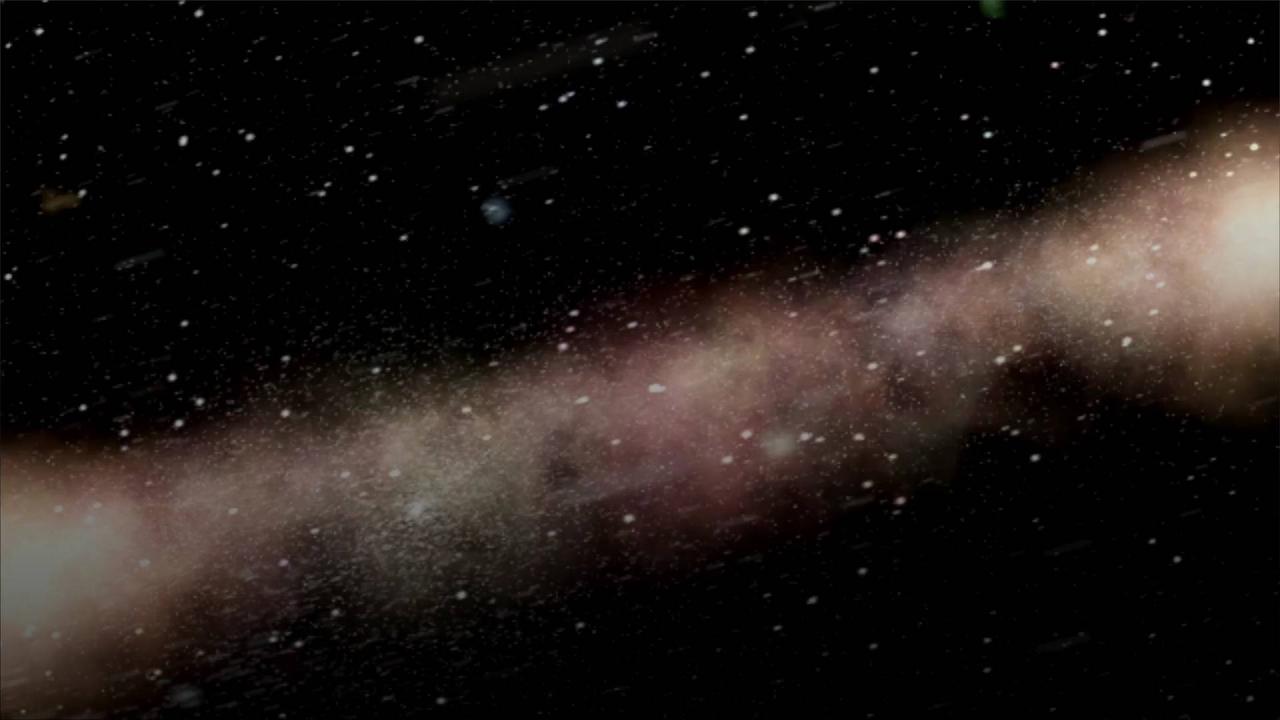
NASA's WEBB Telescope Reveals, Evidence of Massive Collision , Around Nearby Star.
'The Guardian' reports that astronomers have discovered an enormous cloud of dust surrounding one of the brightest and closest stars in the night sky.
.
Approximately 25 light years from Earth, the star known as Fomalhaut appears as part of the Piscis Austrinus, or the southern fish, constellation.
Images previously captured by NASA's Hubble space telescope and other instruments were only able to provide a partial picture of Fomalhaut's cloud of cosmic material.
'The Guardian' reports that new images provided by the James Webb space telescope have revealed exciting details of the star's surroundings.
.
What we see is the dust produced in collisions between planetesimals, which themselves are the long forgotten remnants of the formation of the planetary system itself, András Gáspár, Lead author on the study at the University of Arizona, via 'The Guardian'.
András Gáspár, lead author on the study at the University of Arizona, says the team discovered that Fomalhaut has an inner asteroid belt surrounded by a second ring of rubble.
Surrounding these first two asteroid belts is a third ring of debris that resembles our own solar system's Kuiper belt.
.
'The Guardian' reports that the team believe this massive dust cloud was produced by a collision between two 400-mile-wide space rocks.
The team believe that unseen planets are circling within Fomalhaut's nested belts, determining the shape of the star system with their gravitational fields.
.
Planets as low in mass as Neptune are sufficient to carve the inner belts, 'Spatially resolved imaging of the inner Fomalhaut disk using JWST/MIRI' authors, via 'Nature Astronomy'
